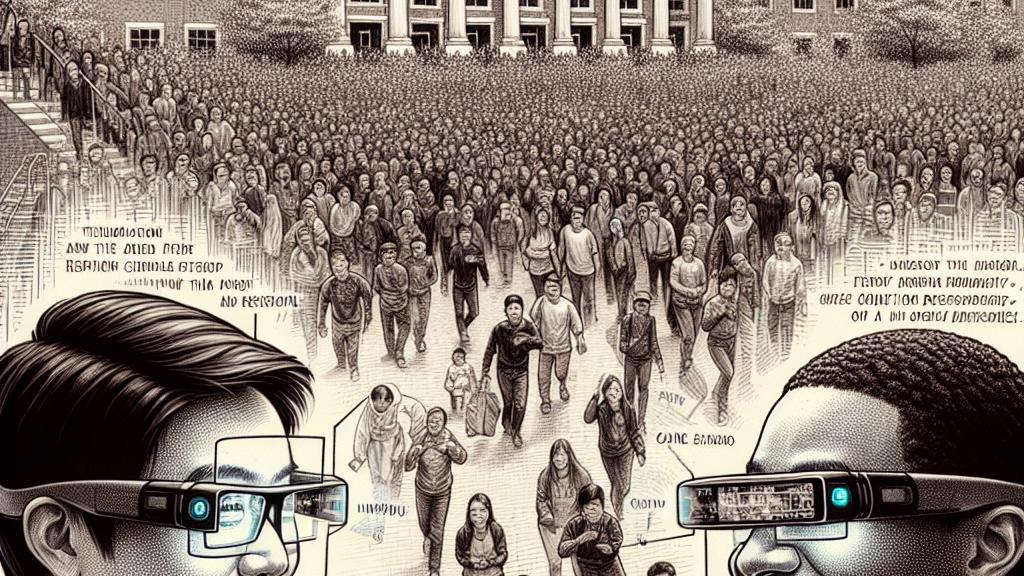Harvard Students Demonstrate Real-Time Doxxing Using Meta's Smart Glasses
Overview
- In a groundbreaking demonstration, Harvard students AnhPhu Nguyen and Caine Ardayfio revealed how to expose personal information using Meta's innovative smart glasses.
- The technology, known as I-XRAY, merges facial recognition with live streaming to unveil sensitive details such as names and addresses in real time.
- Their demonstration sparked a fierce debate about privacy, ethics, and the potential dangers of easily accessible technology.

A Bold Presentation at Harvard
On a brisk October day in 2024, Harvard University became the backdrop for a shocking demonstration by college students AnhPhu Nguyen and Caine Ardayfio. They utilized Meta's Ray-Ban Meta smart glasses to showcase their I-XRAY technology—a combination of facial recognition and live video streaming. As they surveyed the bustling campus, the two students unveiled alarming personal information, including names, phone numbers, and even addresses of unsuspecting pedestrians. The sight of this unfolding ignited a tempest of emotions among the audience: excitement, disbelief, and above all, anxiety over an increasingly invasive technological landscape.
The Inner Workings of I-XRAY Technology
The technology behind I-XRAY operates through a sophisticated blend of algorithms and public data harnessed via facial recognition. As Nguyen and Ardayfio directed their smart glasses at individuals, the system—powered by PimEyes—quickly matched faces to corresponding online identities, pulling up a wealth of information from various sources. To illustrate, they cross-referenced the information obtained with known acquaintances, highlighting the startling accuracy of the system. Imagine walking in a crowded place when someone effortlessly exposes your entire digital identity with just a glance! Such capabilities, while impressive, pose an alarming threat, raising questions about the real-time availability of personal data and the possible harms that could arise from misuse.
Echoes of Ethical Concerns in the Digital Age
In the aftermath of this eye-opening demonstration, the conversation about privacy intensified dramatically. Many experts began to voice their concerns about the ethical implications of technologies that dovetail personal information with public personas. Although Nguyen and Ardayfio claimed their intention was educational, the broader public found itself grappling with a significant dilemma: how do we regulate such potent instruments? Leading voices in tech ethics advocate for stringent regulations to thwart potential incidents of digital doxxing. Key issues emerge, such as the balance between technological innovation and personal security; thus, the conversation must continue with a focus on how to protect our rights in this digital age. As we stand on the precipice of technological advancement, we need to ensure that the tools meant to connect us do not instead serve as instruments of invasion.

Loading...